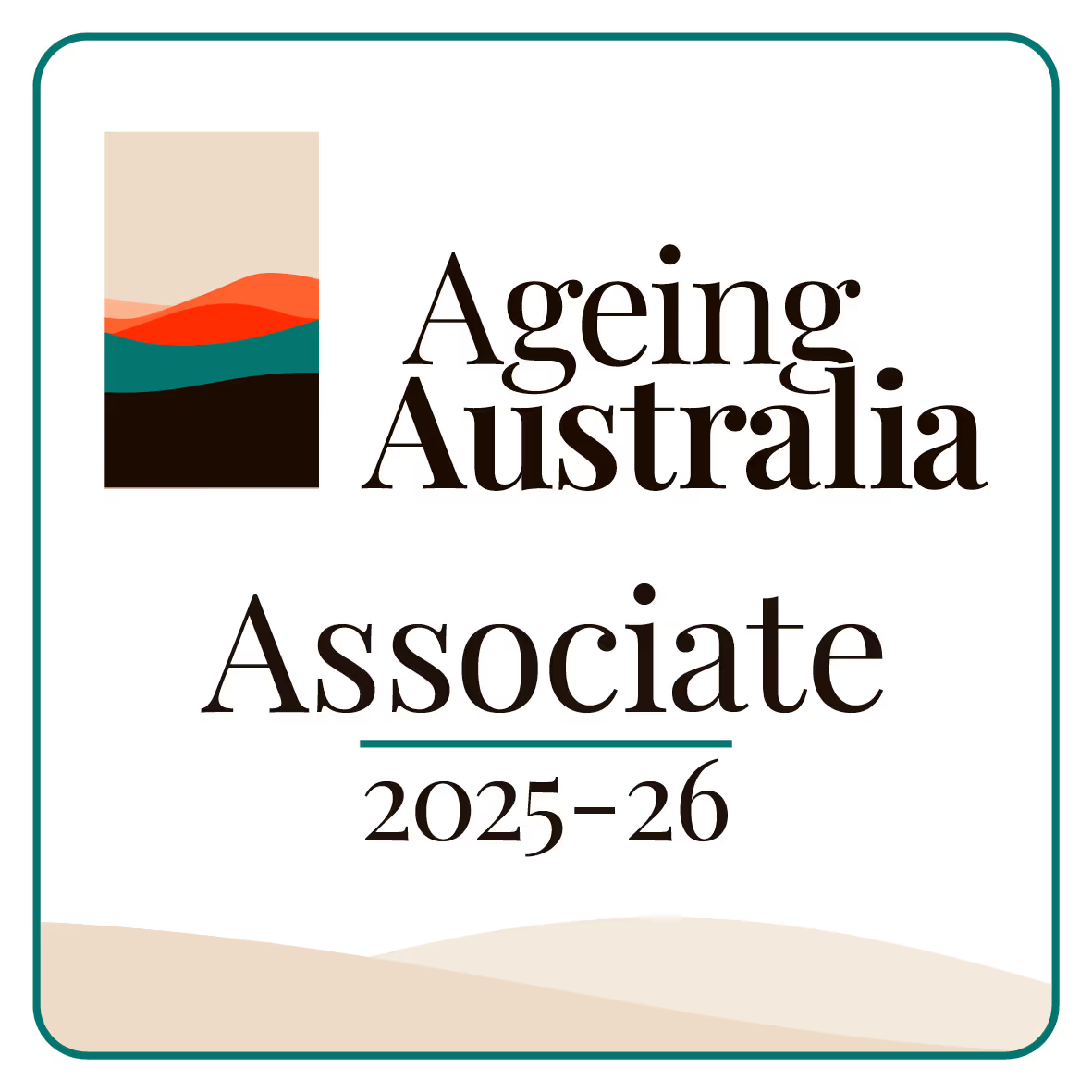Running an aged care home is no walk in the park. Between juggling staff, residents, and compliance, it can feel like you are spinning plates while riding a unicycle. And just when you think you have it under control, in comes the Aged Care Quality and Safety Commission. But do not worry—it is not here to cause trouble. It is here to keep things safe, steady, and up to scratch.
In this post, we will walk through what the commission does, how it keeps risk in check, and why you should pay close attention to their work.
What Is the Aged Care Quality and Safety Commission?
Think of the Aged Care Quality and Safety Commission as the referee in the big game of aged care. It is the official watchdog for aged care services across Australia. Based in Melbourne, just like us at Governa AI, the commission is the go-to regulatory body for making sure aged care providers are doing things by the book.
It monitors services, handles complaints, checks if standards are being met, and steps in when things go wrong. In short, the commission is all about protecting older Australians—and holding providers accountable.
.png)
Why the Commission Exists
Let us be honest—mistakes in aged care can be costly. When care slips through the cracks, people can get hurt. That is why the commission was set up: to keep aged care services on their toes and reduce the risk of harm.
Back in the day, aged care had a few too many horror stories. You may remember reading about neglect, poor hygiene, and some not-so-pretty headlines. The commission came along to flip the script and put safety and respect back at the heart of aged care.
How It Keeps an Eye on Risk
Now let us talk turkey. How does the commission actually help with risk management?
1. Regular Monitoring
The commission pops in to check how aged care homes are doing. Sometimes it is scheduled, other times it is a surprise visit—like your in-laws dropping by with a fruitcake. But the goal is always the same: to make sure providers are delivering care that meets the right standards.
These checks help spot risks early—before they snowball into bigger problems.
2. Quality Standards Audits
The commission uses a list of eight Aged Care Quality Standards. These cover everything from personal dignity to safe environments. Providers must meet these standards if they want to stay in business.
If your care home is not meeting one or more of these standards, the commission might issue a notice. That means you will need to fix the issue, fast, or face tougher action.
3. Handling Complaints
Residents, families, or even staff can lodge complaints directly with the commission. These complaints can trigger investigations. If a risk to health or safety is found, the commission can take steps to reduce that risk immediately. They do not wait for permission—they act when needed.
4. Enforcing the Rules
This part is not for the faint of heart. If a provider is not following the rules, the commission has the power to issue sanctions. That might mean stopping new admissions, cutting off funding, or even revoking accreditation altogether. That is a pretty strong reason to stay on the straight and narrow.
.png)
What This Means for You
If you work in aged care, you are already juggling a dozen responsibilities. But when the Aged Care Quality and Safety Commission is part of the picture, it adds a new layer—one that actually helps you protect residents, staff, and your reputation.
Better Safety for Residents
The commission helps you identify and manage hazards, like falls, poor hygiene, or medication mix-ups. It is like having an extra set of eyes that sees what you might miss in the day-to-day rush.
Clearer Expectations for Staff
When everyone knows what the standards are, staff have a clearer roadmap. They are not guessing or trying to read between the lines. The commission’s standards spell it all out.
Fewer Legal Headaches
Following the commission’s guidelines can save you from costly legal battles. If something does go wrong, being able to show that you followed the rules can be a lifesaver.
Peace of Mind for Families
Families want to know their loved ones are in good hands. When they see that your facility is in line with the commission’s standards, they are more likely to trust you.
How You Can Stay on Track
You do not need to be perfect, but you do need to be prepared. Here are a few ways to keep risk low and stay in the commission’s good books:
1. Know the Standards
Print them. Post them. Teach them. The eight quality standards are not just a formality—they are the backbone of good care. Make sure every staff member understands them.
2. Keep Records
If it is not written down, it did not happen. That is how the commission sees it. Make sure care plans, incident reports, and staff training records are up to date and easy to access.
3. Do Your Own Audits
You do not have to wait for the commission to show up. Do internal checks on everything from infection control to food safety. Spot the holes before someone else does.
4. Encourage Feedback
Create a culture where residents, staff, and families feel comfortable speaking up. Feedback helps you fix small problems before they become big ones.
.png)
The Role of Leadership in Managing Risk
Leaders in aged care facilities are not just there to sign paperwork and run meetings. They are the first line of defence when it comes to managing risk. If you are in charge, you set the tone. If you take the standards seriously, your team will too.
Good leaders make sure training is regular, staff are supported, and everyone knows where to turn when something goes wrong. You do not need to bark orders—you just need to listen, act, and care.
The Bottom Line
The Aged Care Quality and Safety Commission is not out to get you. It is there to help create a system where older Australians get the safe, respectful, and reliable care they deserve.
Risk is part of any aged care setting. But with the commission’s standards, tools, and oversight, you can keep that risk in check. When you understand how this regulatory body works, you are better equipped to deliver the care you set out to provide.
So the next time someone mentions the commission, do not panic. Just take a deep breath, check your records, and remember—you have got this.
And if it all feels overwhelming, do not forget: even the best facilities started with the basics. One good decision at a time.










